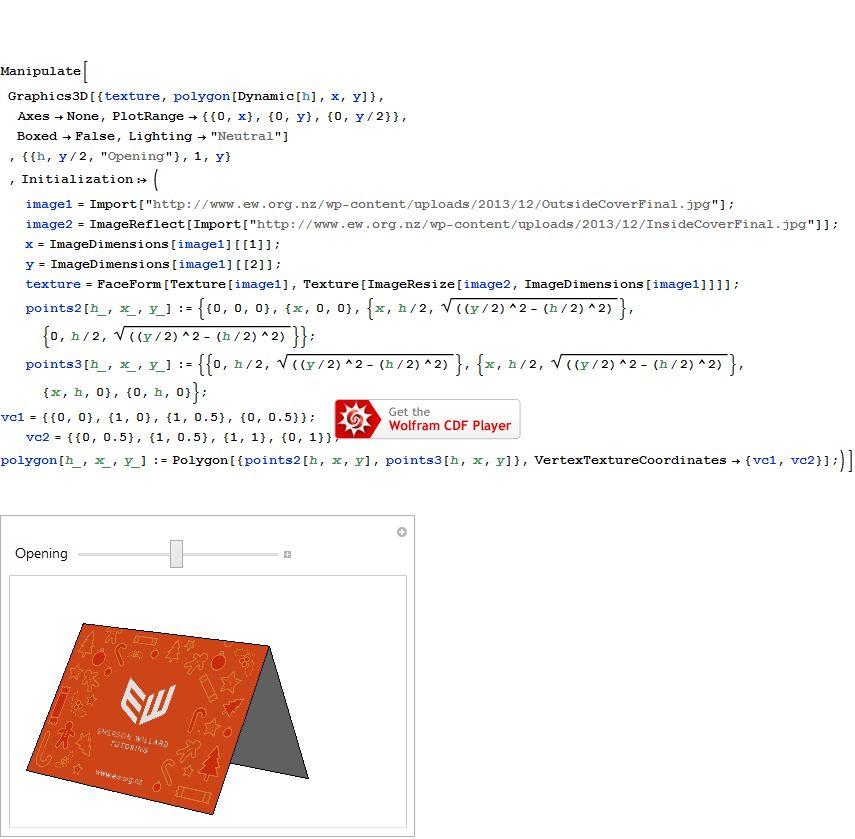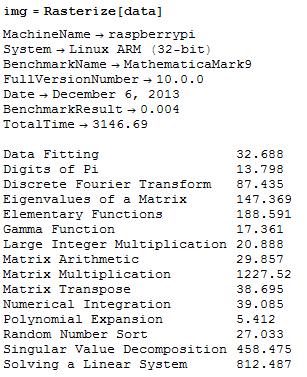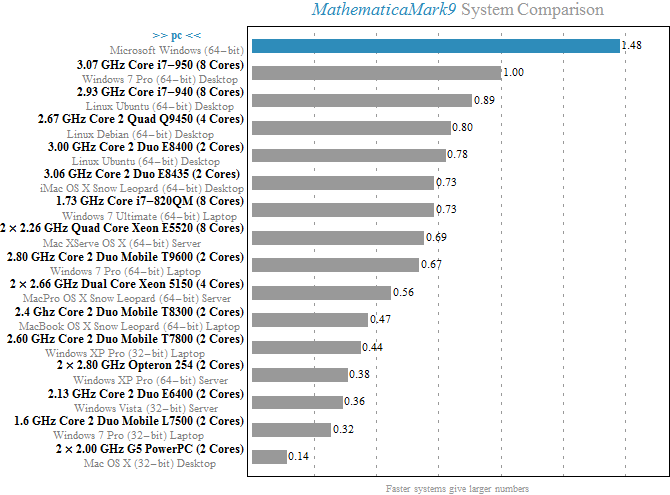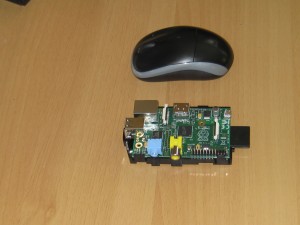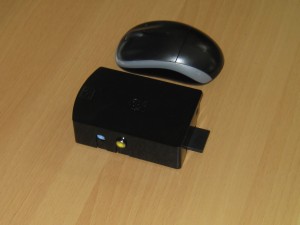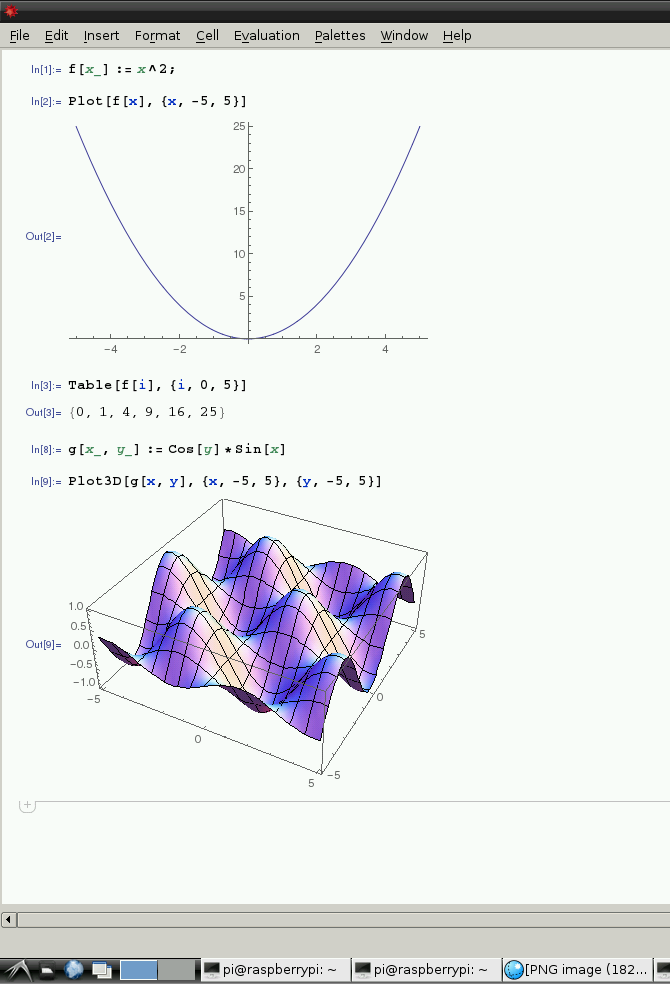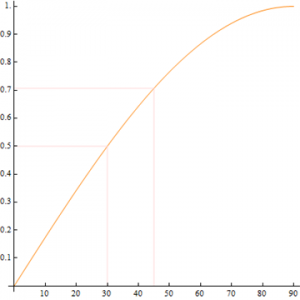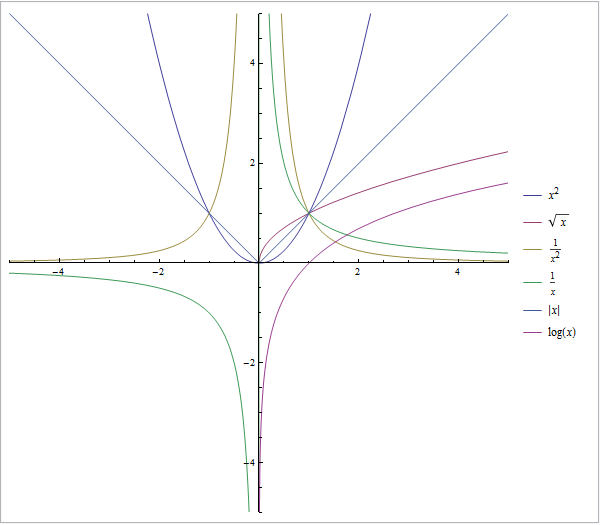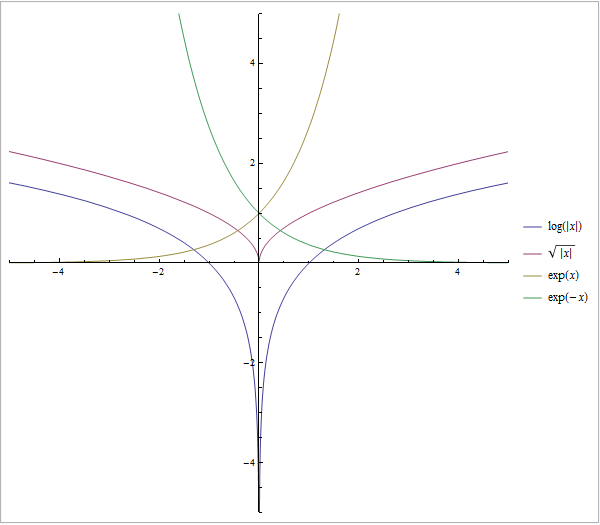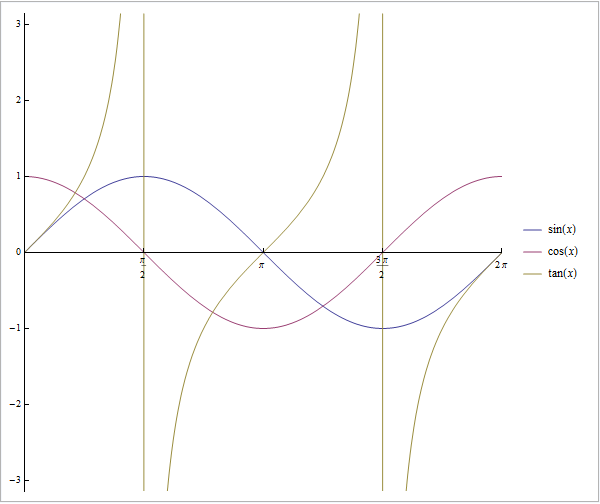R & D
Mar 09 2014
Over the last month I have been doing a few different experiments, with the Raspberry Pi and Mathematica, to develop a number of different lessons/experiments for our students. I don’t have much time for educational theorists so I take an empirical approach to teaching and believe it is important for teachers to be counted among “those who can do”.
Theory often motivates many changes to the educational system in this country. Consider recent changes to the New Zealand Maths Curriculum, which introduce more emphasis on statistics. The changes seem sensible. Students now gain a better understanding of the statistical process and the variability inherent in sampling and data.
Nevertheless, there are problems with the implementation of this new approach. The usual problems of NCEA , where teachers spoon-feed students and teach directly to the assessment they deliver, are common. Technically speaking, it seems that students gain the understanding that Statistics is a narrative activity (a form of story telling). I am not in favor of the narrative approach, since many flaws in statistical reasoning are caused by our tendency to tell stories and join the dots. I encourage my students to withhold judgment, unless there is strong evidence, and to also consider base rates when making inferences. Story telling seems particularly prevalent when it comes to time series analysis.
Maths and statistics students should develop a maker mentality and that means they need to code. Essentially, code is maths brought to life. While report writing and analysis has it’s place, it is a bureaucratic activity, while making and experimentation leads to new ideas, technology and growth. The thoughts detailed in this video do match my experience when it comes to using maths.
My post,Wi Fi to the Beehive and Raspberry Pi,in the Wolfram Community shows how running a few experiments leads to some interesting new ideas.
